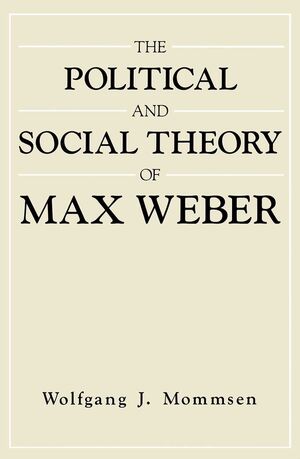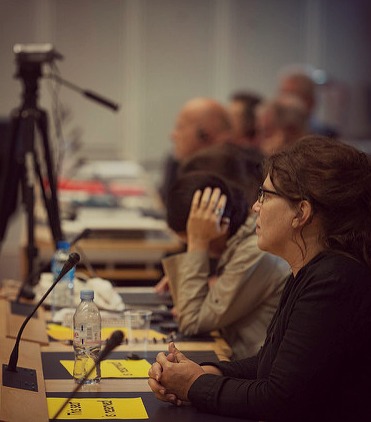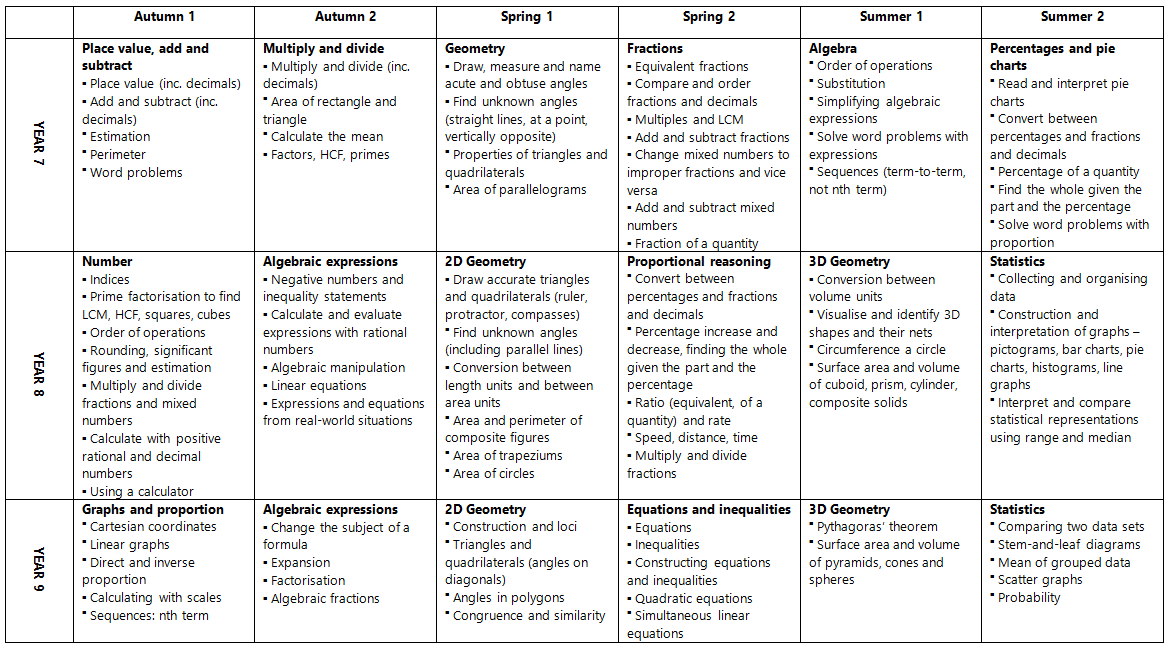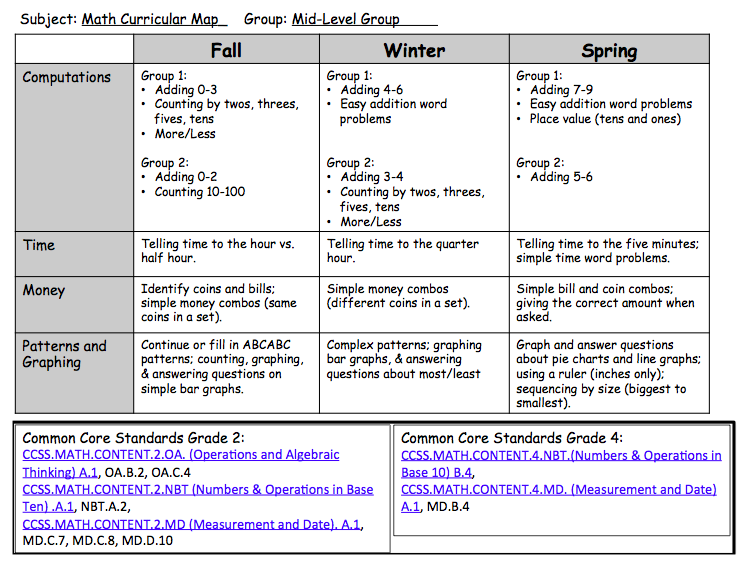Compare and contrast ionic, covalent, and metallic bonds.
An Ionic Bond is a chemical bond that forms between non-metal, and metal ions through electrostatic attraction. A Covalent bond is the sharing pair of of atoms and electrons. Metallic bond is a chemical bond between charecteristics of metals, where mobile valence electrons are shared between atoms in a stable crystalline.
Compare and contrast metallic and covalent primary bonds in terms of (a) the nature of the bond, (b) the valence of the atoms involved, and (c) the ductility of the materials bonded in these ways.

An ionic bond is a chemical bond that occurs when an atom transfers an electron to another atom. contrast,a covalent bond forms when two atoms share electrons.

Start studying Essay 3: Compare and contrast the three types of chemical bonds. Learn vocabulary, terms, and more with flashcards, games, and other study tools.

Get an answer for 'Compare and contrast the following chemical bonds: covalent bonds, ionic bonds, hydrogen bonds.' and find homework help for other Science questions at eNotes.

Covalent bonds occur when one or more electrons are joined by two atoms. Ionic bonds occur when one or more of the electrons are attached to another atom, or are removed. When that happens it creates positive and negative ions that can join with each other. Metallic bonds happens between metals, they share unplaced electrons.

Chemical Bonds Essay. Chemical Bonds Essay.. There are three different types of chemical bonds, Ionic Bonds, Covalent Bonds, and Metallic Bonds.. In Metallic Bonding, the atoms in a metallic element undergo a chemical bond. The delocalized electrons in the metal lattice move freely. This explains why metals are good conductors.

Free Essays on Covalent Bonds. . Compare and contrast electron behavior forming. Compare the strength of ionic bonds, covalent bonds and intermolecular forces. Ionic bonding is a type of chemical bond that involves the electrostatic attraction between oppositely charged ions.

Ionic bonding occurs when transfer of electrons takes place. One atom (or molecule) donates one or more electrons to another.. What is the difference between ionic, covalent and metallic bonding? Ionic bonding occurs when transfer of electrons takes place. One atom (or molecule) donates one or more electrons to another.. Metallic bonding.

They are categorized as Covalent bonds, Ionic bonds, Metallic bonds, Dipole-dipole interactions, London dispersion forces and Hydrogen bonds. The present post discusses about the Differences between the Covalent bond and Hydrogen bond with a Comparison Table.

Start studying Compare and Contrast Ionic and Metallic Bonding. Learn vocabulary, terms, and more with flashcards, games, and other study tools.

Ionic and covalent bonding Ionic and covalent bonding Introduction In every atom, there are two types of atomic bonding; covalent and ionic bonding. These bonds are different in terms of structure and property. Covalent bond is formed when two or more molecules share electrons, binding the two atoms in a fixed position (Atkins 2009, p.5).

Ionic covalent and metallic bonds essay examples Find essay examples, such as ionic and a covalent bonds, ionic compounds, covalent compounds, together through the use of metallic bonds to create a. A free customizable worksheet for practicing conversions from moles to grams or grams to moles.



